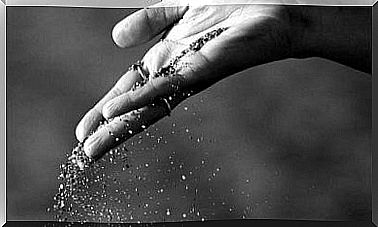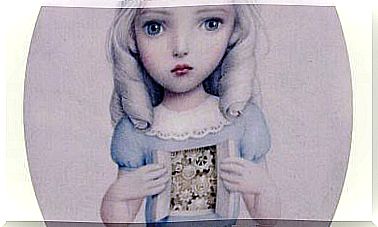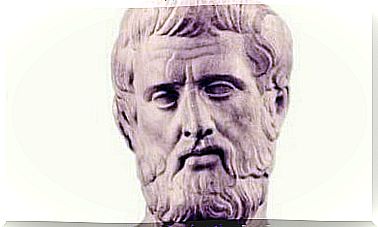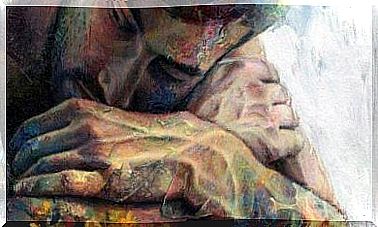Paul Cézanne, The Great Hermit Painter
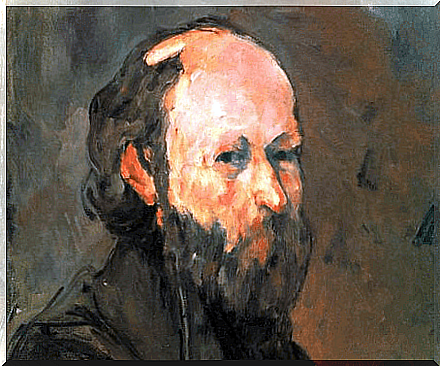
Paul Cézanne was a French painter who many consider pioneered the open brushstrokes characteristic of post-impressionism. His works built a bridge between the impressionism of the late 19th century and the new line of artistic research of the 20th century, cubism.
The mastery of the drawing, the tone, the composition and the color of his works are inimitable. His way of painting is unique and is easily recognizable all over the world.
Not surprisingly, he is seen as a genius for the method thanks to which he brought back on the canvas exactly what his eyes saw in nature, but also for the unique way of treating space and color. Henri Matisse and Pablo Picasso were strongly influenced by Cézanne.
Childhood and youth
The famous painter Paul Cézanne was born on January 19, 1839 in Aix-en-Provence, France. The mother seems to have been the main influence during the early years as to her vision of life and art.
His father, Philippe Auguste, was the co-founder of a banking company that thrived throughout the artist’s life. The company guaranteed the painter an unusual financial security for the time. At the end of his life, the family business left the painter a great legacy.
She attended elementary school along with her younger sisters, Marie and Rose. Then he continued his studies at the Saint Joseph school in Aix. In 1852 he entered the Bourbon college, where he met and became a friend of Émile Zola .
This friendship was decisive for the two men: with a youthful romanticism, they envisioned successful careers in the burgeoning art industry of Paris. Cézanne as a painter and Zola as a writer.
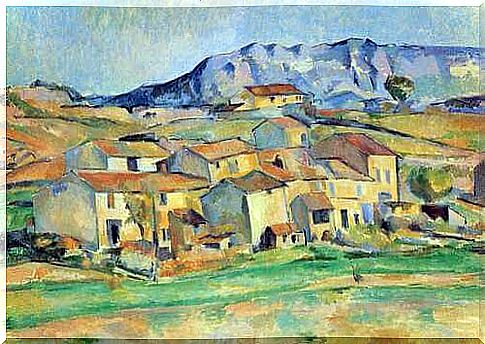
Early career
Cézanne began studying painting and drawing at the École des Beaux-Arts d’Aix-en-Provence in 1856, but his father opposed his artistic career. In 1858 he convinced him to enter the law faculty of the University of Aix-en-Provence .
Cézanne continued his studies in law for several years, but did not leave the École des Beaux-Arts en Aix, where he remained until 1861.
After a series of bitter family disputes, in 1862 the aspiring artist received a small allowance and was sent to study art in Paris. He had planned to move in with Zola.
He applied to the École des Beaux-Arts in Paris, but his request was rejected. Due to this, he began his artistic studies at the Académie Suisse.
Paul Cézanne and the circle of artists
The Académie Suisse was a studio where young art students could work with live models for a modest monthly fee. There, Cézanne met painters such as Camille Pissarro, Claude Monet and Auguste Renoir.
At that time, his painting was in a vein of unbridled and crude romanticism. In his paintings of the time, he showed a certain fondness for themes such as violence and eroticism . A completely different style from that of his more mature works that will consecrate him as a painter.
All the young people of the Académie Suisse of the time were artists in difficulty. They soon became founding members of the Impressionist movement.
Although Cézanne had been inspired by visits to the Louvre, particularly the studio of Diego Velázquez and Caravaggio, after five months in Paris he began to doubt his calling. He decided to return to Aix and work in his father’s bank, although he never left art school.
In 1869 he met Hortense Fiquet, model and seamstress who became his mistress. With her he also had a son, Paul, born in 1872. Cézanne did not reveal it to his family: he was terrified by the reaction of his father, a dominant figure. He married Hortense in 1886, shortly before his father’s death.
In the same year he quarreled with Zola over what he interpreted as subtly disguised references to his own failures in one of the writer’s novels. Thus he broke off relations with his oldest supporter.
Paul Cézanne in Aix, the years of greatest production
In the same year, he inherited his father’s wealth and, finally, at the age of 47 gained economic independence. Socially, however, he remained isolated. After his father’s death, he inherited the Jas de Bouffan family property .
This appears in many of his paintings and, from that time on, Cézanne lived mainly in Aix. He devoted himself to some of his favorite subjects: portraits of his wife Hortense, still lifes and, above all, the landscape of Provence , especially the Sainte-Victoire mountain.
Cézanne was interested in the underlying structure. His paintings rarely give a clear indication of the time and day or season depicted.
His later paintings are more composed and open , imbued with a feeling of air and light. The third dimension is created through perspective or shortening, but through extraordinarily subtle tonal variations.
In 1872 he settled in Auvers-sur-Oise , near Pontoise , where Camille Pissarro lived with whom he began a long and fruitful collaboration. In the last year of his life, he described himself as “a pupil of Pissarro”.
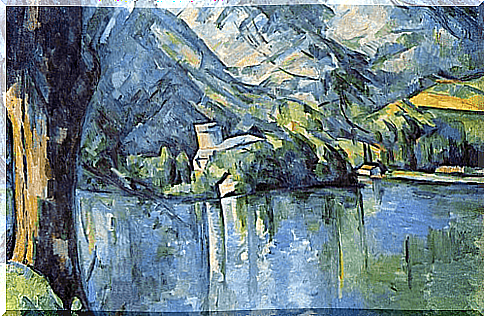
Color and light in Paul Cézanne’s paintings
Cézanne painted many of his early works in dark tones applied with heavy, fluid pigments . In doing so, it followed in the wake of the romantic and whimsical expressionism of previous generations.
Under the tutelage of Pissarro, and in a short period of time between 1872 and 1873, Cézanne went from dark to bright tones. In addition, he began to focus on scenes of farmland and rural villages.
He exhibited with the Impressionists in 1874. Yet, he never identified with the Impressionist group nor fully adopted their goals and techniques. He was more interested in the structural analysis of nature.
He walked a lonely and difficult road to his goal of an art that did not superficially attract the eye, but the mind. This art combined the best of the French classical tradition with the best of contemporary realism.
His work remained virtually unknown for most of his life . In 1895, Ambroise Vollard, an ambitious Parisian art dealer, organized an exhibition of the works of Cézanne, which were promoted with enormous success in the following years. By the time of his death in 1906, he had achieved fame as a legendary figure.
Legacy
Observing the late work of this painter, it is impossible not to notice the emergence of a unique artistic approach . Cézanne offered a new way of shaping the world through art.
With his reputation steadily growing in the last years of his life, more and more young artists were influenced by his innovative vision. Among them, there was also the young Pablo Picasso.
Under the influence of Cézanne, Picasso would soon lead the Western tradition of painting in an entirely new and unprecedented direction.
It was Cézanne who taught the new generation of artists to free the form of color in art. Thus creating a new and subjective pictorial reality, not a simple servile imitation.
